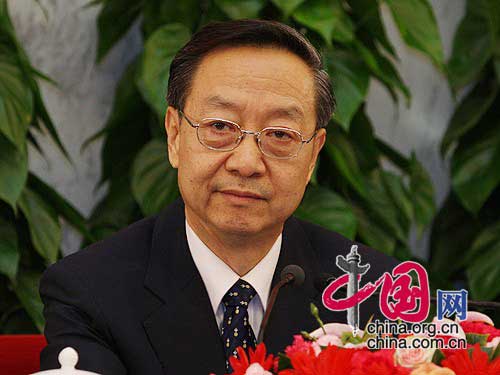
Unprocessed steel output dropped 10.5 percent year on year to 37.8 million metric tons in December, NBS figures show.
Li also said auto production slid 1.7 percent in the January-February period from the same period last year to 1.53 million units, a much slower contraction.
The NBS data show auto output plummeted 18.9 percent year on year to 686,000 units in December last year.
The stockpiles of iron ores, crude oil and other raw materials have been used up, said Li.
While there have been positive signs in China's economy, the country is still facing a serious situation, said Li.
He quoted Commerce Minister Chen Deming as saying "the global financial crisis has not bottomed out and its impact is deepening on China".
Meanwhile, many Chinese industries face the problem of oversupply and prices may go down again as enterprises start to resume production, said Li.
China's consumer price index, a main gauge of inflation, fell to minus 1.6 percent year on year in February, while the producer price index measuring inflation at a wholesale level fell 4.5 percent year on year,the NBS said Tuesday.
The February figure did not represent a deflation problem in China, since the money supply was ample because of the proactive fiscal policy and the relatively easy monetary policy, the NBS said.
China's industrial output growth slowed to 5.7 percent year on year in December last year, compared with 16 percent last June, as the financial crisis took a toll, said Li.
The government has announced 20 billion yuan (2.9 billion U.S. dollars) of interest subsidies for loans to fund technological upgrading in enterprises to help them better cope with the crisis.
The input can spur bank lending and enterprises' spending and eventually leading to a total investment of more than 400 billion yuan for technological upgrading, said Li.
(Xinhua News Agency March 10, 2009)